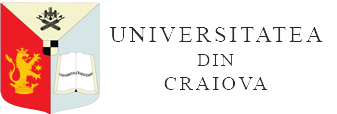RESEARCH CONCERNING THE EFFECTIVENESS OF THE ENTOMOPATHOGENIC FUNGI FOR CONTROLLING THE MAIZE LEAF WEEVIL (TANYMECUS DILATICOLLIS GYLL) IN THE GREENHOUSE CONDITIONS
DOI:
https://doi.org/10.52846/aamc.v52i1.1328Abstract
Maize leaf weevil (Tanymecus dilaticollis Gyll) is the most dangerous pest of the maize crop in the south and southeast of Romania. Each year there were attacked one million hectares cultivated with maize were. In case of high pest pressure, weevils can destroy maize plants. After the ban on neonicotinoids, no active ingredients are available in Romania for maize seed treatments to control this pest. This study there were evaluated the effectiveness of three entomopathogenic fungi, Beauveria bassiana (strains BbTd, BbTy), B. pseudobassiana (BpPA), and Metarhizium anisopliae (MaF), for controlling the T. dilaticollis weevils, in the greenhouse conditions, using high pest pressure (4 weevils/plant). It has sowed maize in plastic pots. After the plant's emergence, it added insects collected from the field and it was pulverized solutions with entomopathogenic fungus at each variant. It has assessed phytotoxicity, attack incidence (%), attack intensity on a scale from 1 (plants not attacked) to 9 (plants destroyed), plant heights, and weevils mortality at eight days after infections with entomopathogenic fungi. The conditions of the high pest pressure from the greenhouse it has registered lower weevils mortality. Only in the case of M. anisopliae (MaF) and B. bassiana (BbTy) weevils was mortality higher than 10 %. At all experimental variants from the greenhouse, attack incidence was 100 %, while attack intensity ranged from 8.75 in the control variant to 7.10 in the case of M. anisopliae (MaF) fungus. In this study, there weren’t significant statistical differences between control and treated variants concerning both weevils attack intensity and mortality (p<0.05).


